
Scientific name: Manta alfredi
Size: Up to 18 feet wingspan
Color: Black and white
Distinguishing feature: Black back stained with white, white ventral side stained with black. Terminal position of the mouth, which is not under the body. No caudal spine.
Where did we see it: Thailand, French polynesia, Maldives
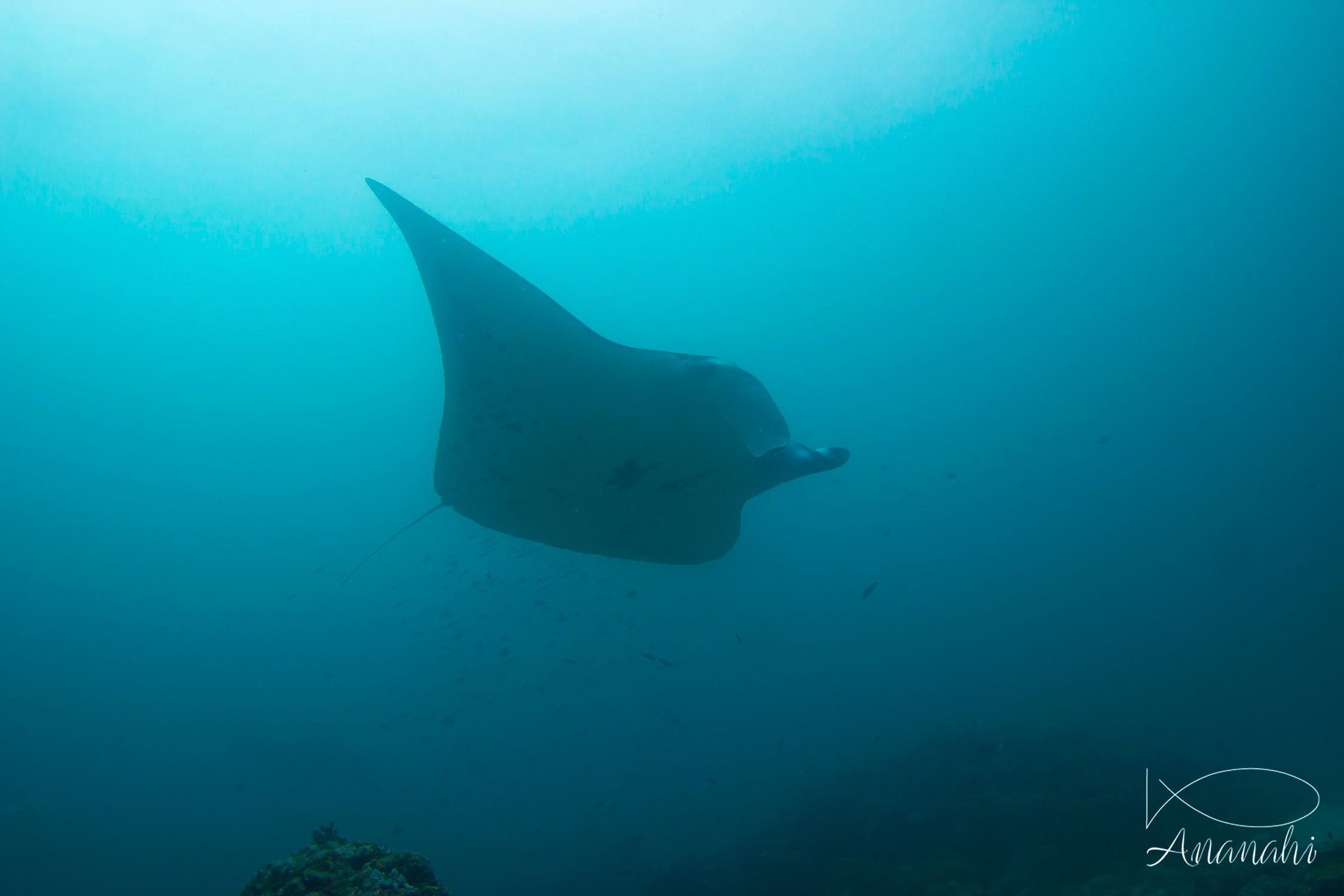
Scientific name: Manta alfredi
Size: Up to 18 feet wingspan
Color: Black and white
Distinguishing feature: Black back stained with white, white ventral side stained with black. Terminal position of the mouth, which is not under the body. No caudal spine.
Where did we see it: Thailand, French polynesia, Maldives
The black spots on the ventral side of the Manta represents his identity card. Photos with this aspect can be sent to the certified organizations who will be able to register it.
They eat mostly plankton but can eat crustaceans or small fish.
An almost black manta exists and you can see it in Papua. This one is not a species apart but rather a manta with a different skin color.
It's possible to see them in the blue, alone or in groups up to 3 rays. But they also often come to cleaning stations to allow cleaning fishes to clean the parasites present on their body. This allows divers to have a better chance of seeing them by visiting these places (often large rocks in the middle of the sand with nothing around).
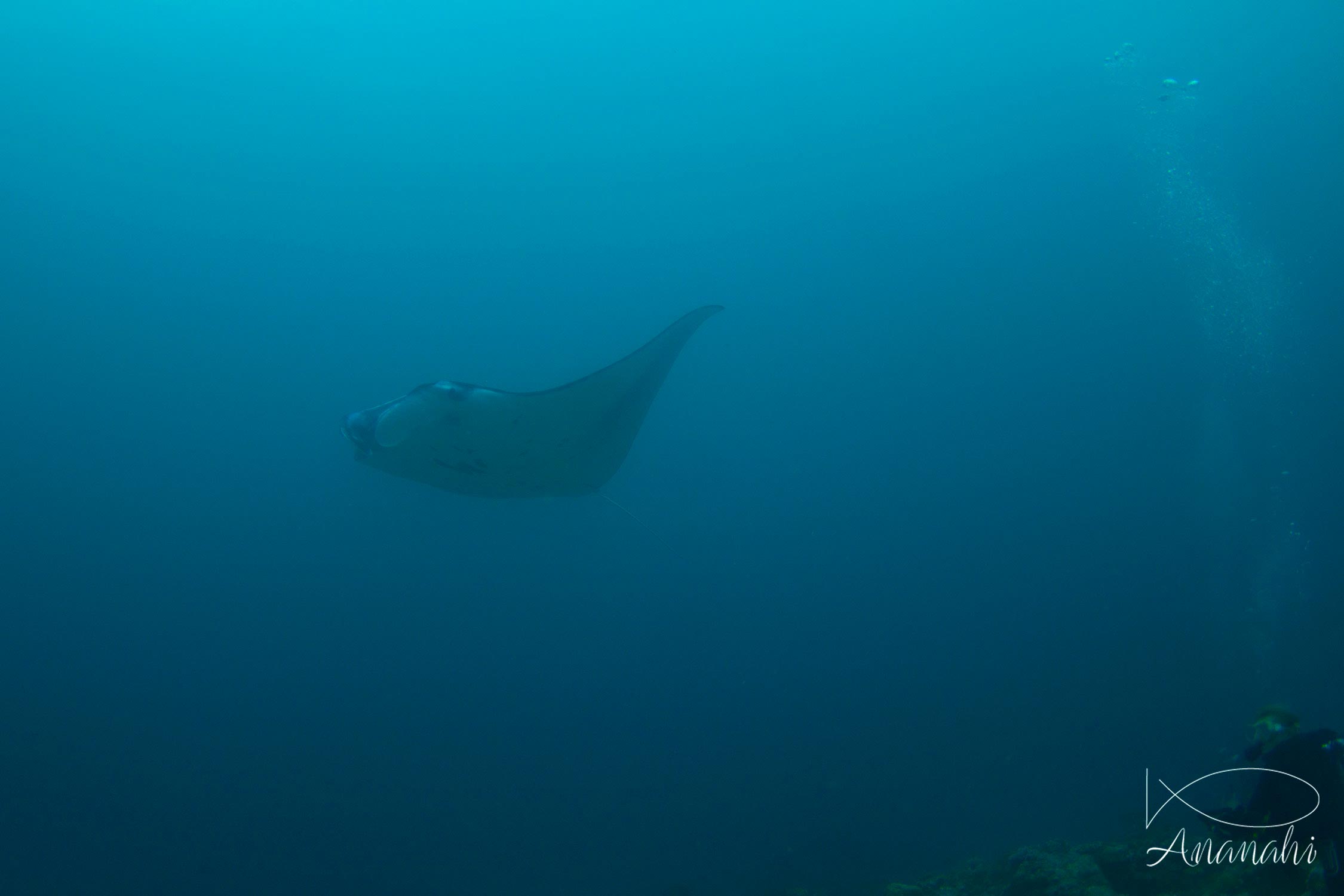

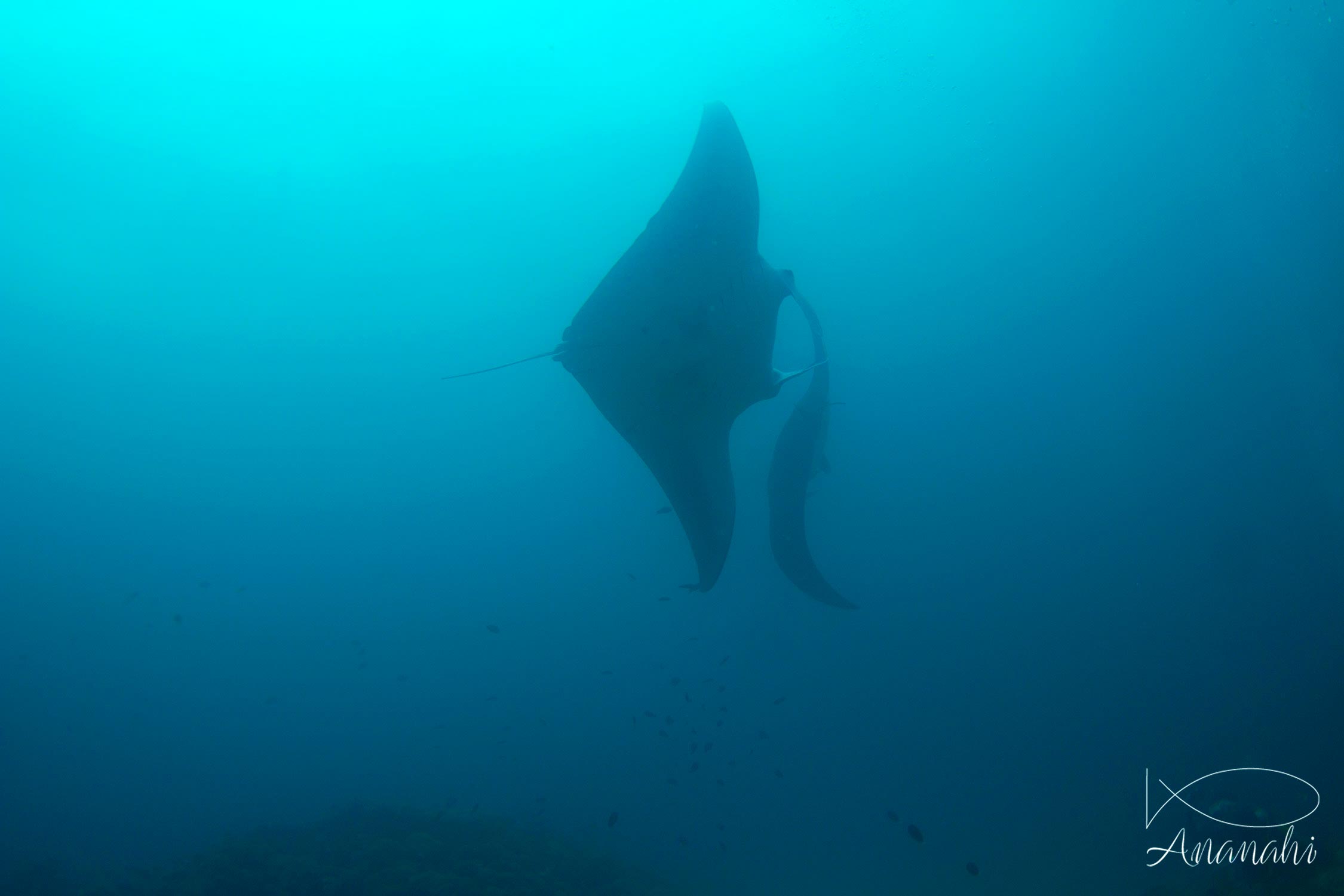
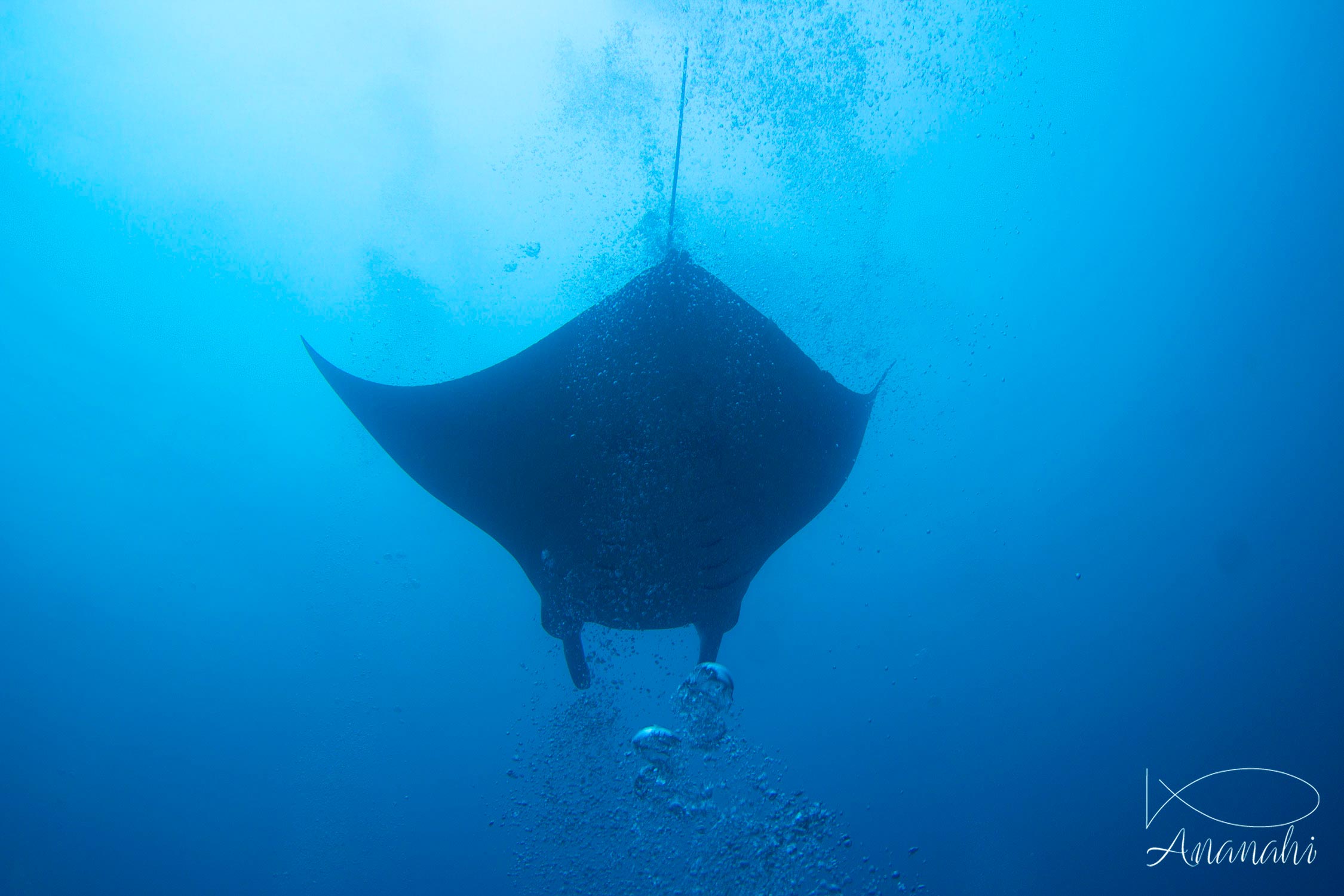


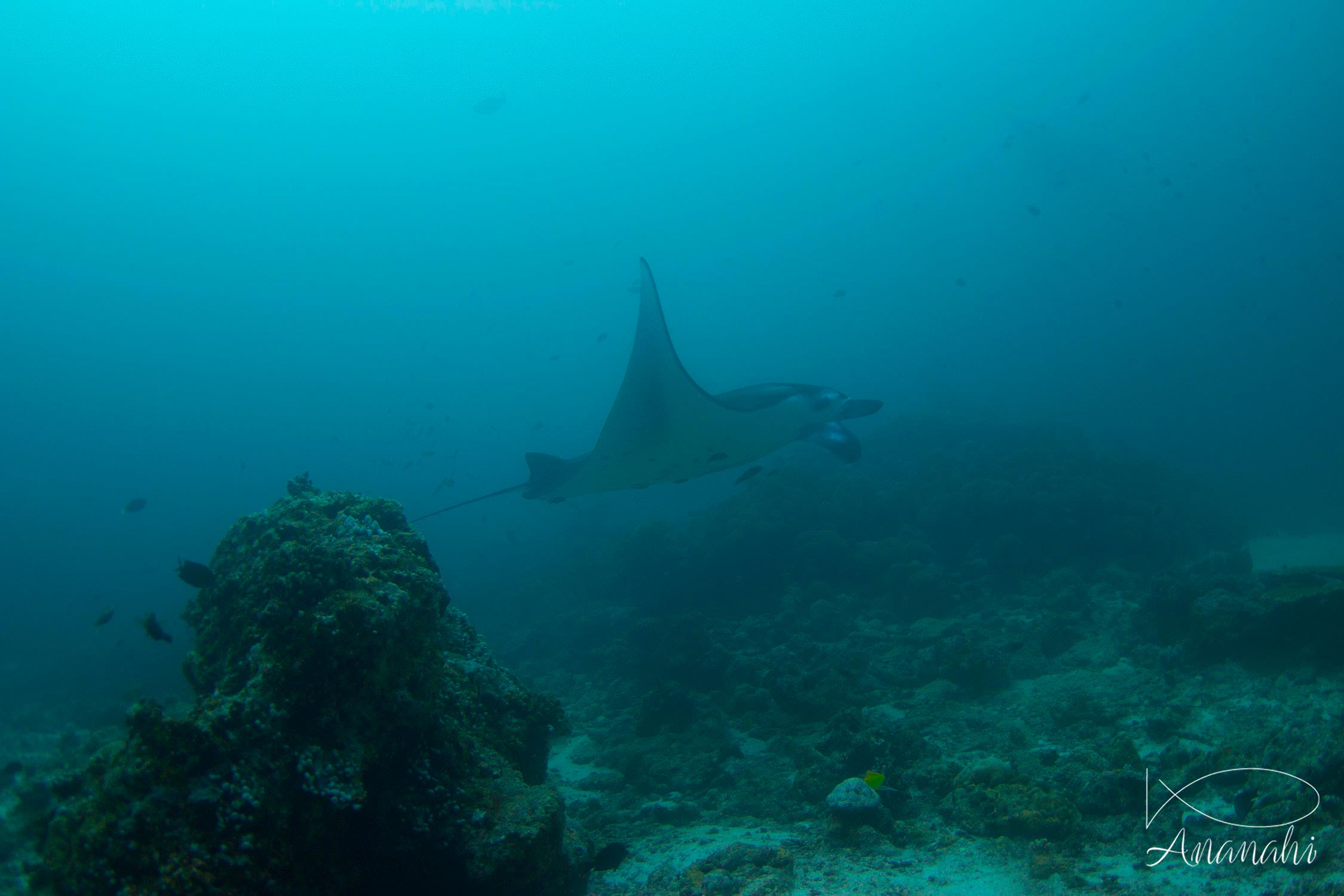
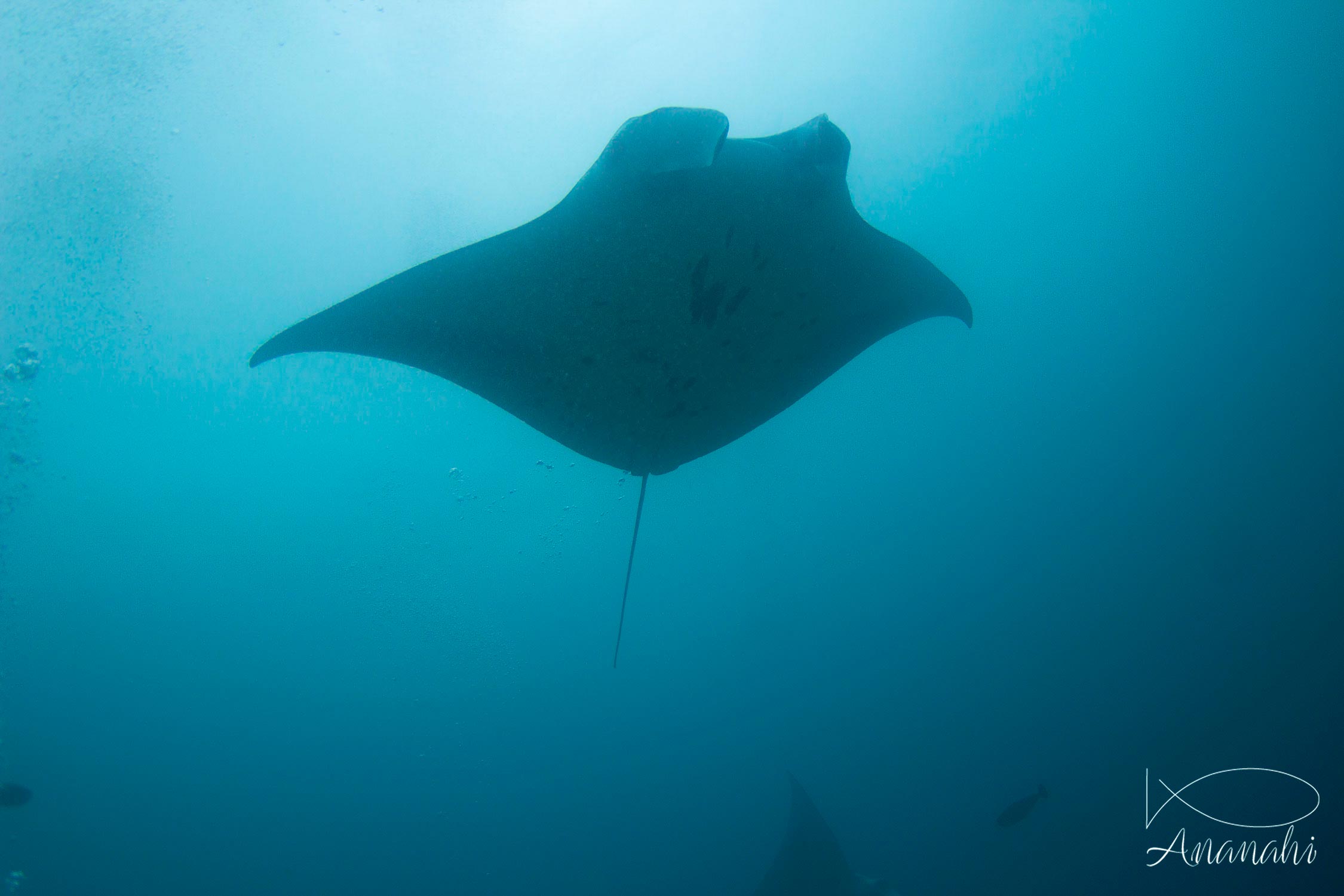
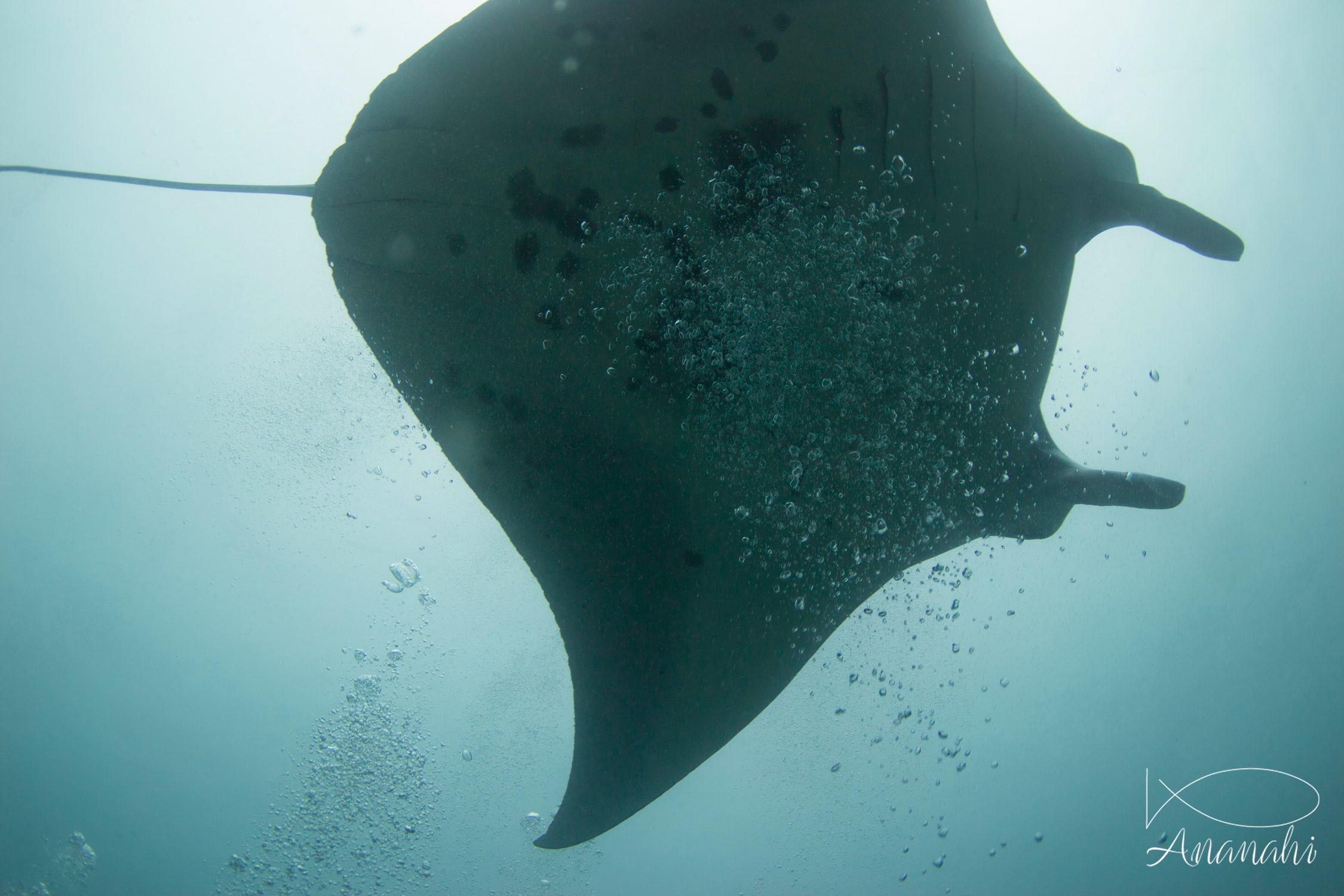
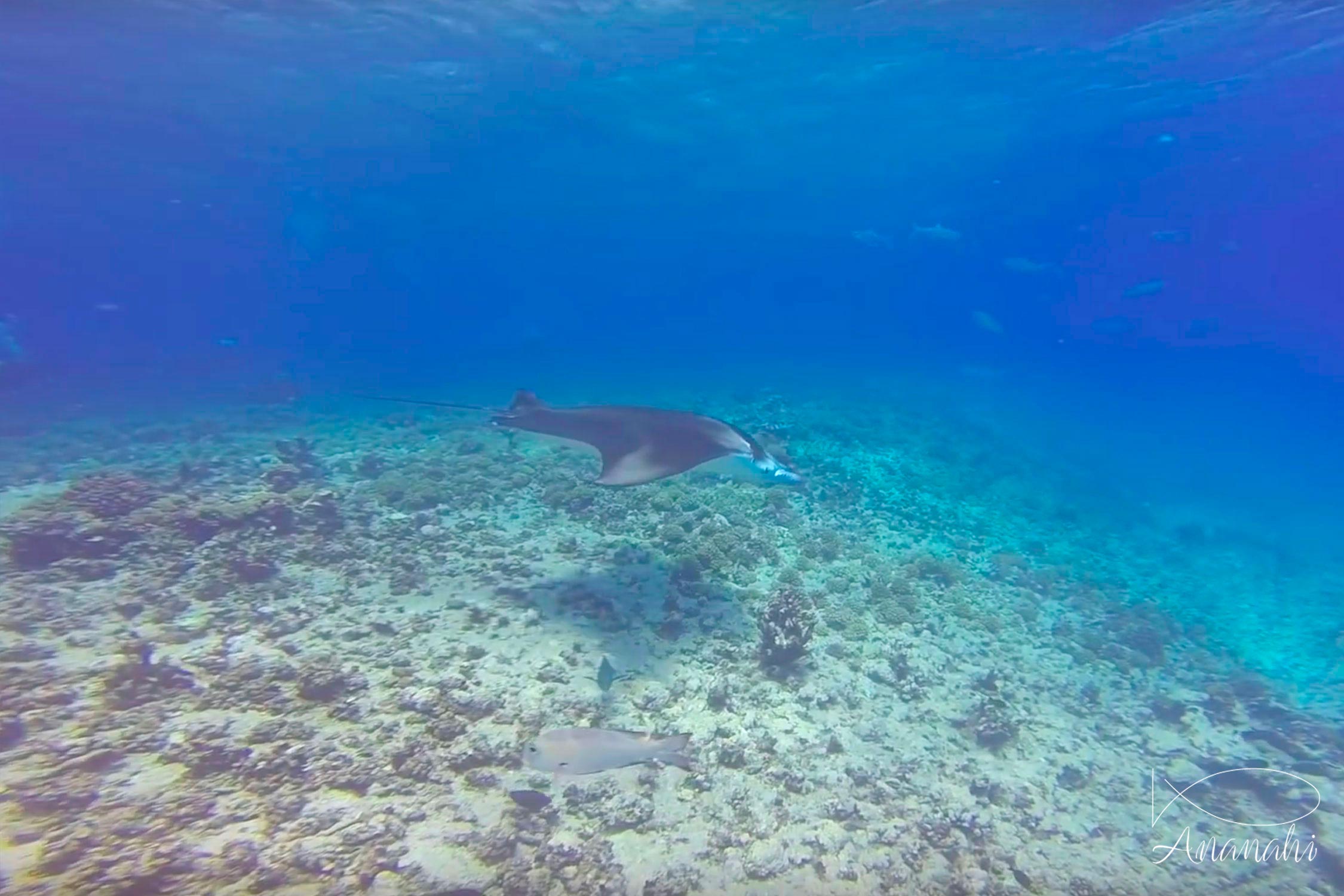
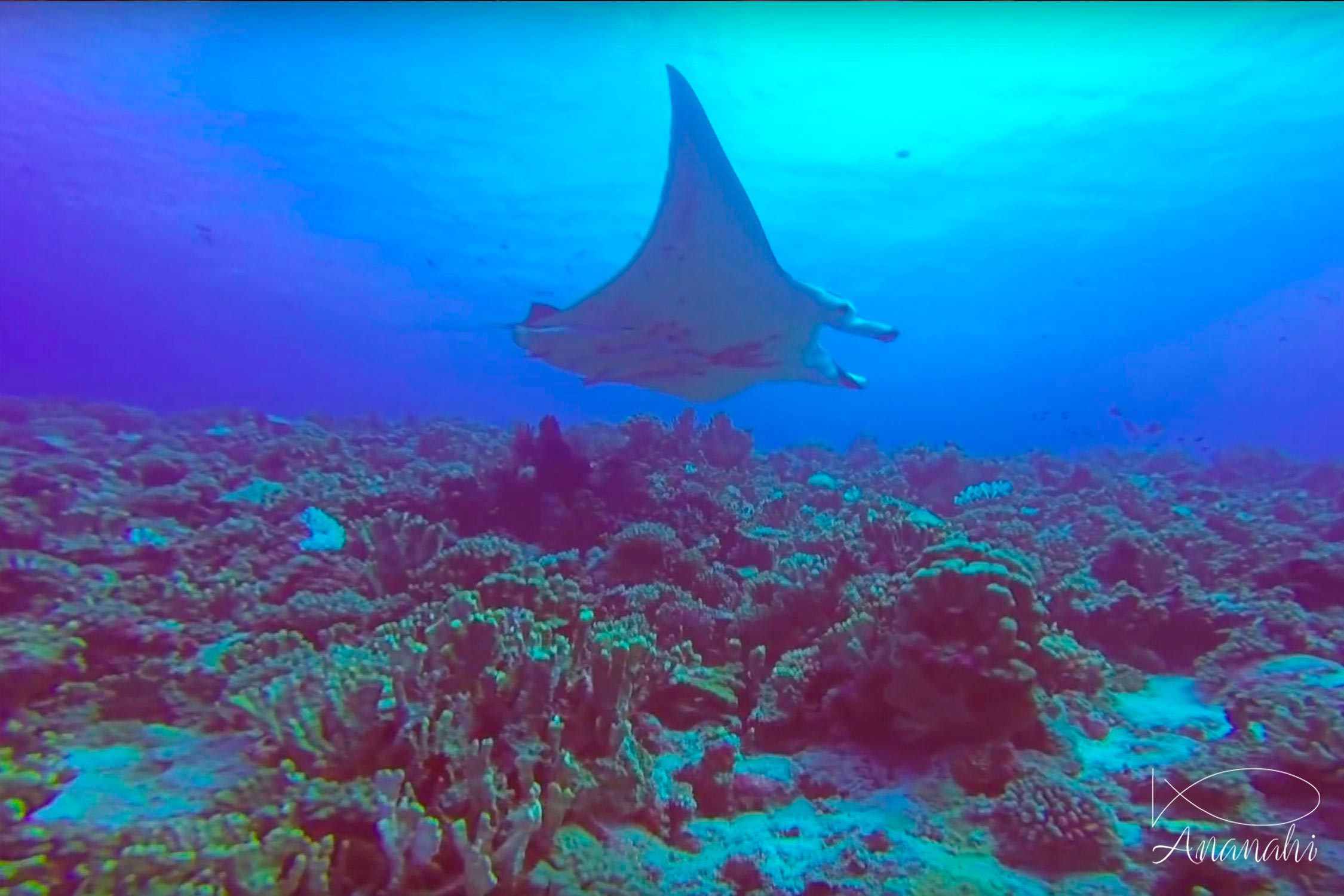
Turtles are in economy mode when they are sleeping. If they are woken during night, they may not have enough air to return to surface.
So, please be careful during night dives!
The tiger shark has slender marks similars to the lines of tigers, hence its name.
When it is juvenile, these marks are round and not vertical. They change when it grows.
Mammals have a horizontal tail.
Fishes have a vertical fin.